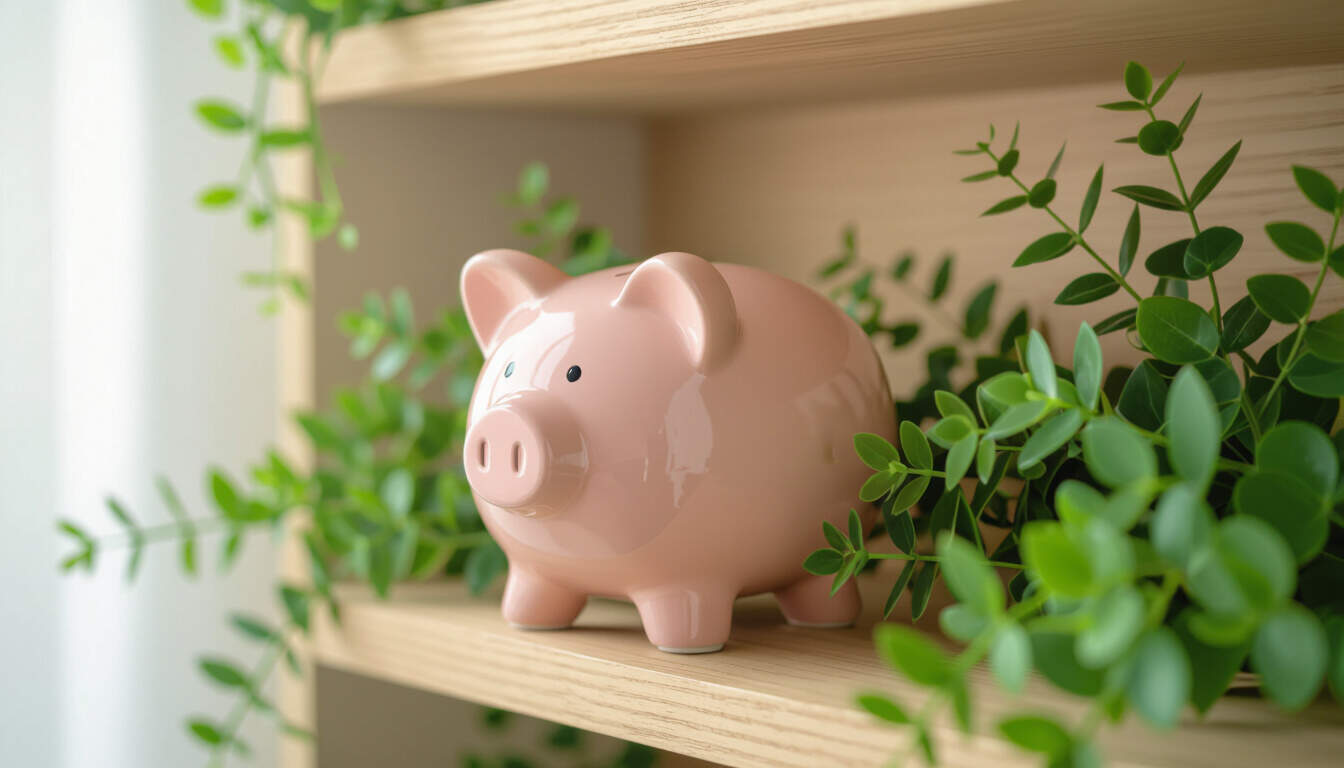Building an Emergency Fund for Financial Stability
 by Verner Mayer
by Verner Mayer
Discover practical steps to create an emergency fund that safeguards your finances and supports long-term goals. Learn how saving consistently can lead to greater independence and peace of mind, making it easier to pursue opportunities for growth.

Many people overlook the importance of an emergency fund, yet it serves as a vital safety net during unexpected events like job loss or medical bills. This fund can prevent the need for high-interest debt, allowing more resources for other financial pursuits.
Why an Emergency Fund Matters
An emergency fund provides a buffer that keeps finances steady when surprises arise. For everyday individuals, having this reserve means avoiding loans that drain resources over time. Financial stability comes from knowing you have funds set aside, which can motivate better money management overall.
Building such a fund starts with recognizing its role in achieving independence. Without it, small setbacks can derail plans, but with it, you gain confidence to take calculated risks, like starting a side business.
Steps to Start Building Your Fund
First, assess your current situation by tracking expenses for a month. This helps identify areas where you can cut back, such as dining out or subscriptions. Once you have a clear picture, set a specific goal, like saving three to six months of living costs.
Next, automate your savings by setting up automatic transfers from your checking account. This simple habit ensures consistent progress without relying on willpower alone. Saving money regularly builds momentum, turning small amounts into a substantial reserve over time.
Consider high-yield savings accounts for your fund, as they offer better returns than standard ones. Compare options from different banks to find the best fit for your needs. Remember, the key is accessibility—your money should be available when needed but still earn interest.
Practical Tips for Growth
To accelerate building your fund, look for ways to increase your income. This could mean taking on freelance work or selling unused items online. Every extra dollar directed to your fund speeds up the process and enhances your sense of control.
Track your progress monthly to stay motivated. Use a simple spreadsheet or app to monitor growth, celebrating milestones like reaching $500 or $1,000. This practice reinforces positive habits and keeps your eyes on the prize of financial independence.
Avoid common pitfalls, such as dipping into the fund for non-emergencies. Treat it as untouchable except for true crises, which helps maintain its purpose and effectiveness.
Turning Your Fund into a Foundation for More
Once your emergency fund is established, it opens doors to other opportunities. For aspiring entrepreneurs, this security allows investment in new ventures without the fear of failure. You might use it as a springboard to start a small business or pursue further education.
In practice, people who build these funds often find they have more freedom to make choices that align with their goals. For instance, negotiating a better job offer becomes easier when you're not desperate for income.
Stories of Success
Consider someone who saved diligently for six months and then weathered a job transition smoothly. Their fund covered bills during the search, leading to a higher-paying role and greater earnings potential. Such examples show how preparation pays off, inspiring others to follow suit.
Another approach is combining saving with debt reduction. Pay off high-interest debts first, freeing up more money for your fund. This strategy creates a cycle where emergency fund growth supports overall financial health.
Maintaining and Expanding Your Fund
Over time, adjust your fund based on life changes, like having a family or buying a home. Aim to increase it as your responsibilities grow, ensuring it remains relevant.
Incorporate it into your long-term plan by reviewing it annually. This keeps it aligned with your evolving needs and reinforces its value as a tool for independence.
By prioritizing this fund, you lay the groundwork for a more secure future, where financial worries take a backseat. The effort invested now leads to rewards that extend far beyond mere savings, fostering a lifestyle of proactive decision-making.
